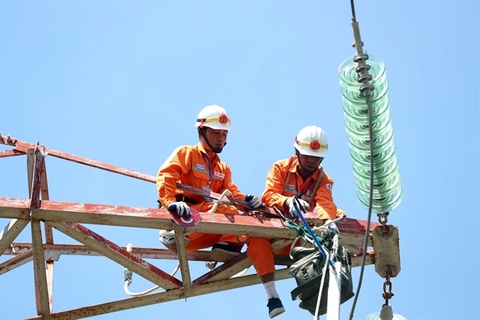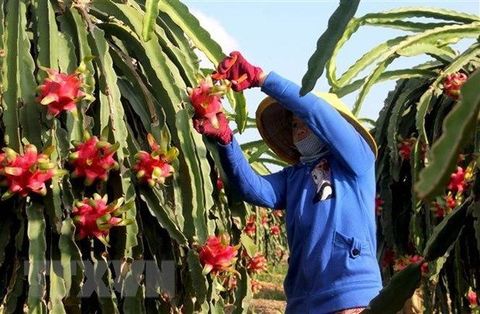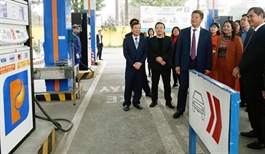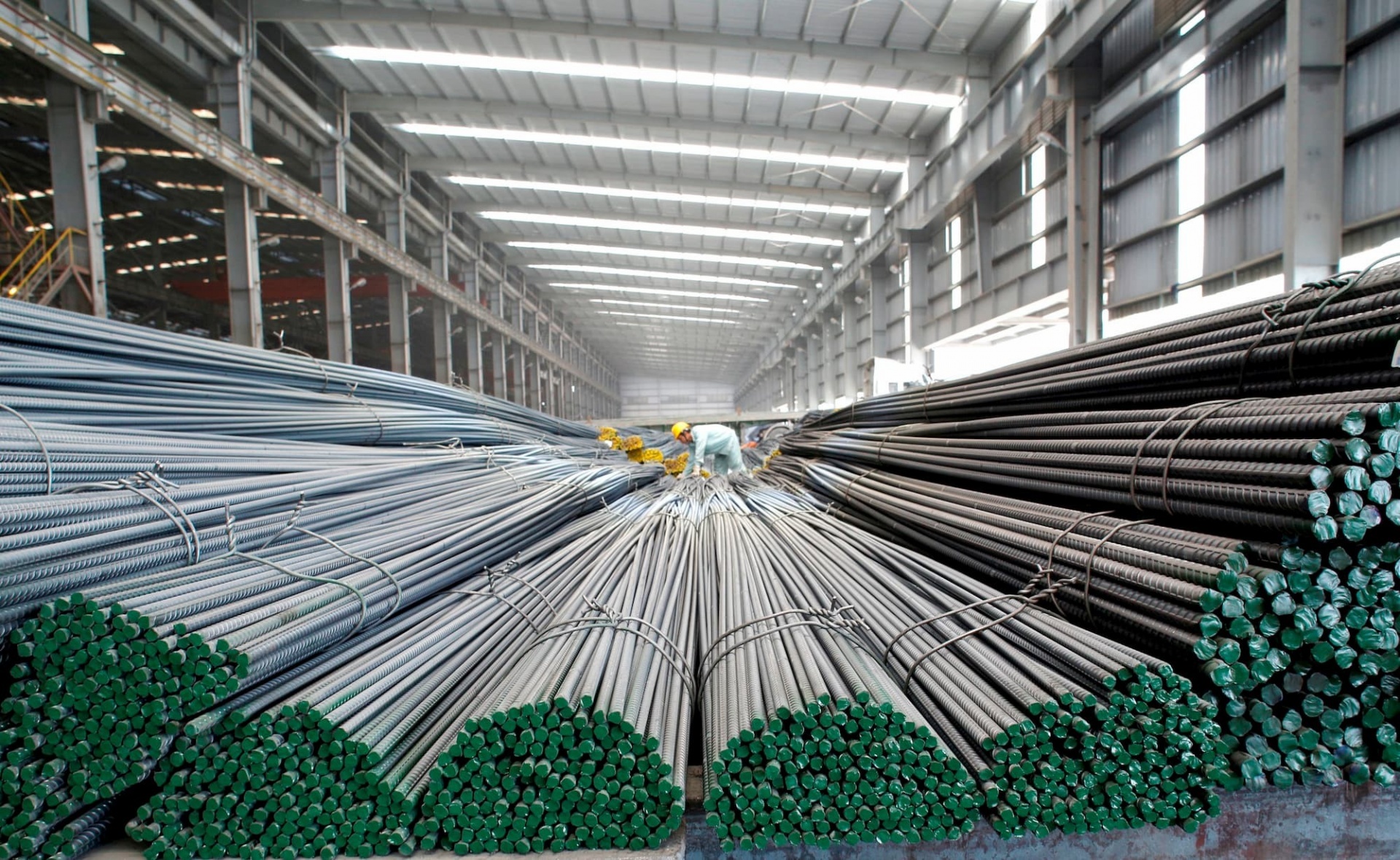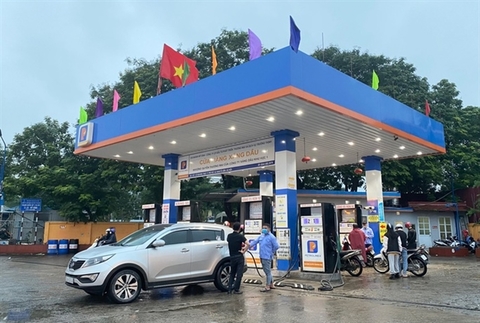Vietnam’s cement producers strive to deal with excess
Vietnam’s cement producers strive to deal with excess
Vietnam’s cement industry is anticipating an oversupply issue as a result of China’s reopening and lower coal prices.
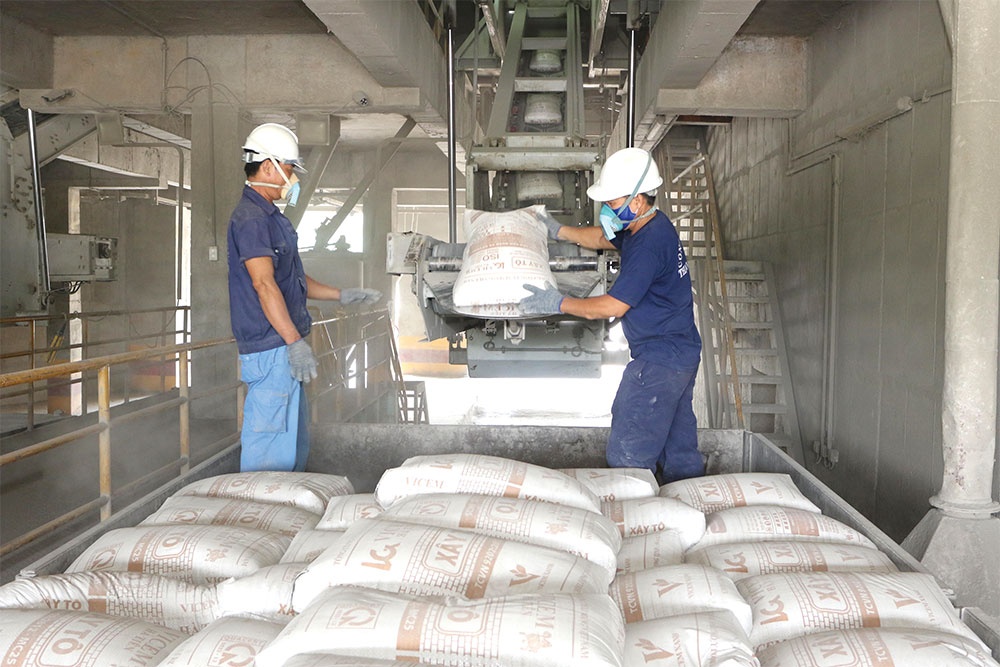
By investing in the technological chain of Danish multinational FLSmidth, general director of Xuan Thanh Cement Vu Quang Bac aims to get a licence to enter high-standard markets such as the EU and the United States.
With the completion of the 4.5 million-tonne-per-year production line in October 2022, Xuan Thanh’s total cement capacity will far exceed its previous capacity.
Exports may be a solution for Xuan Thanh and other Vietnamese cement makers with a significant export rate, although it is insufficient to deal the present surplus.
Chairman of the Vietnam National Cement Association (VNCA) Nguyen Quang Cung is worried about the impact of the supply-demand mismatch on producers. The industry’s actual production exceeds its intended capacity of 107 million metric tonnes per year, although cement export output is only approximately 35 million MT.
According to the VNCA, the country’s total cement consumption in 2022 did not exceed 62.68 million MT. Since the second quarter of 2022, weak domestic demand owing to the downward cycle of the real estate market has driven cement and clinker stocks to around six million tonnes, equal to 25-30 days of output. Under typical consumption circumstances, the inventory level is 15 to 20 days.
Meanwhile, the effect of high raw material costs on Vietnamese cement makers is unfavourable. State-run Vietnam National Coal and Mineral Industries Group decided to triple the selling price of coal in 2022. In addition, domestic petrol prices grew by an average of 28.01 per cent between 2012 and 2021.
In 2023, many businesses anticipate that exports encounter challenges. Many nations that import cement and clinker use protectionist measures, while freight prices remain high.
Exports of steel, cement, fertiliser, aluminium, power, and hydrogen to Europe will be subject to a carbon border policy beginning in October.
According to a VNCA study in December 2022, the total amount of cement and clinker exported in 2022 was 30.65 million MT, a 33 per cent decrease from 2021. In 2022, total foreign currency earnings from exports of cement and clinker totalled $1.36 billion, down $398 million.
China’s reopening of its borders might partly reverse the glut, according recent projections. China has been Vietnam’s main export market for cement since 2018, accounting for 54 per cent of Vietnam’s cement exports in 2021.
The Building Materials Department under the Ministry of Construction projects that in 2023, the demand for cement will reach 100-105 million MT, up 7-10 per cent from 2022, with domestic consumption accounting for 60-65 million MT and exports totalling 35-40 million.
As the real estate sector remains weak, SSI Research anticipates flat domestic cement consumption in 2023. On a positive note, it is predicted thatthe value of the public investment plan for 2023 will grow by 25 per cent on year.
In the previous quarter, as cement exports grew 32 per cent compared to the previous quarter, SSI Research saw indications of recovery.
Nonetheless, it noted that when performance is blended with weak use and a decline in export, this results in more competitive pressure in the north and central regions, which are the focus of new cement production initiatives.
Due to potentially less conflict in Ukraine, SSI Research predicts the price of imported coal will likely be low. Oil and liquefied natural gas prices have become steadier, and China intends to boost coal output.
There is a gap, however, between the global and Vietnamese coal price. Consequently, SSI Research anticipates profit recovery of 50-90 per cent for cement businesses in 2023, mostly in the second half.




